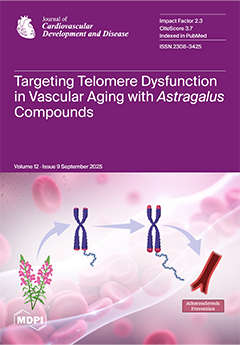Atherosclerosis as a multifactorial disease remains the first cause of death worldwide. Current oral lipid-lowering drugs (especially statins) reduce low-density lipoprotein cholesterol (LDLC) levels in the blood, but their clinical efficacy seems to be partially attributed to pleiotropic effects on different pathophysiologic factors of atherosclerosis extending beyond lipid-lowering properties such as anti-inflammatory, antithrombotic and antioxidative features. Novel drugs that interfere with proprotein convertase subtilisin/kexin type 9 (PCSK9) axis of LDL-C receptors (LDLRs) degradation, from the group of monoclonal antibodies (e.g., alirocumab, evolocumab) or small interfering RNA (siRNA), e.g., inclisiran, are effective in reducing LDLC as well. However, data depicting their antithrombotic and antiplatelet activity are scarce, whereas prothrombotic properties of PCSK9 are widely described. Thus, we performed a study to assess the effects of inclisiran on subclinical prothrombotic [fibrinogen, coagulation factor VIII (FVIII), plasminogen activator inhibitor-1 (PAI-1)] and platelet activation markers (platelet factor-4 (PF-4), soluble
p-selectin (sCD62P)). Ten patients at high cardiovascular risk with concomitant heterozygous familial hypercholesterolemia (HeFH)—study group 1, and fourteen patients at very high cardiovascular risk without concomitant HeFH—study group 2, were recruited for the study. Lipid profile, subclinical prothrombotic and platelet activation markers were assessed at the beginning and after 3 months of therapy with inclisiran. During therapy, statistically significant reductions in both study groups were seen in total cholesterol levels (study group 1: from 287.6 ± 94.2 to 215.2 ± 89.1 (mg/dL),
p = 0.022; study group 2: from 211.7 ± 52.7 to 147.6 ± 55.4 (mg/dL),
p < 0.001) and LDL-c (study group 1: from 180.8 ± 73.3 to 114.7 ± 71.5 (mg/dL),
p = 0.031; study group 2: from 129.6 ± 46.8 to 63.4 ± 43.6 (mg/dL),
p < 0.001). Lipid profile changes were associated with significant decrease in the concentration of FVIII in both groups (study group 1: from 33.3 ± 22 to 22 ± 14.5 (ng/mL),
p = 0.006; study group 2: from 37 ±16.9 to 29.3 ±16.4 (ng/mL),
p = 0.002) and fibrinogen, but only in study group 2 (from 51.4 (33.2–72.7) to 42.6 (31.3–57.2) (µg/mL),
p = 0.035). Among platelet activation markers, a significant decrease in PF-4 in study group 2 was noted (from 286 (272–295.5) to 272 (268–281.5) (ng/mL),
p = 0.047). However, there were no statistically significant changes in PAI-1 and sCD62P throughout the study. In our study, inclisiran appeared to be an effective lipid-lowering drug in patients at high cardiovascular risk. Moreover, it was shown that beyond lipid-lowering properties, the drug may also partially affect thrombogenesis and platelet activation.
Full article






